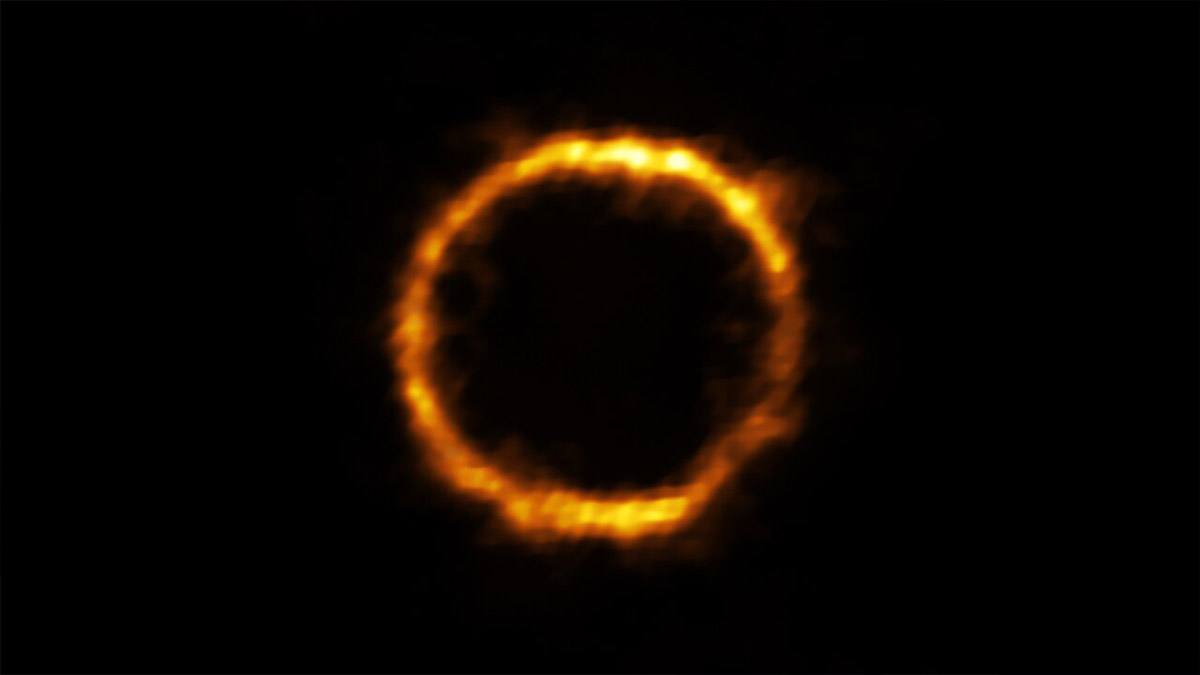Another milky way galaxy look-alike found by astronomers 12 Billion Light Years away

In the mid 1920s, prestigious cosmologist Edwin Hubble found that our world—the Milky Way—was by all account not the only system in the Universe. In resulting decades, we understood that there are, truth be told, an incalculable number of worlds in our universe. Presently, just because, stargazers have detected a clone universe of our Milky Way with a nearby similarity.
The recently discovered cosmic system named SPT0418-47 is assessed to be situated around 12 billion light-years from our world, which means it is far to such an extent that its light takes about 12 billion years to travel and contact us. The newfound system was framed when the universe was only 10% of its present age—about 1.4 billion years of age.
A cosmic system involves gas, residue, and billions of stars all held together by gravity. The Milky Way world—which holds our whole nearby planetary group to say the least—is about 13.51 billion years of age and shows up in a winding shape.
Shockingly unchaotic
Space experts till now have accepted that during the early long periods of the universe, a large portion of the systems which shaped were shaky and tempestuous. This conviction starts from the possibility that during the early universe, when the divine articles were not full grown, cosmic systems also were creating. Along these lines, space experts have conjectured systems to be turbulent and coming up short on the structures of the develop universes.
In spite of this conviction, this newfound system was ‘shockingly unchaotic’. “This outcome speaks to an achievement in the field of cosmic system arrangement, demonstrating that the structures that we see in close by winding universes and in our Milky Way were at that point set up 12 billion years back,” says Francesca Rizzo, PhD understudy from the Max Planck Institute for Astrophysics in Germany, who drove the exploration.
Space experts have recognized SPT0418-47 as a progressively cold, however exceptionally star-shaping turning plate in a cosmic system. When contrasted with the Milky Way, it doesn’t have a winding arm. Be that as it may, the world’s pivoting circle and a lump—a huge gathering of stars stuffed together around the galactic focus—were among the highlights like our Milky Way. In addition, analysts of the examination express this is the first run through a lump has been seen in the systems from the early universe.
How the cosmic system was spotted
This advancement revelation originates from the Atacama Large Millimeter/submillimeter Array (ALMA) of telescopes, situated in Chile. Notwithstanding the incredible ALMA telescope, space experts utilized the procedure of gravitational lensing to recognize the system. Gravitational lensing is where the light produced by a removed cosmic system goes through an enormous item, and the gravitational power from that article twists or twists the light, making it seem amplified. This permitted the ALMA to catch subtleties of the cosmic system that were never observed.

